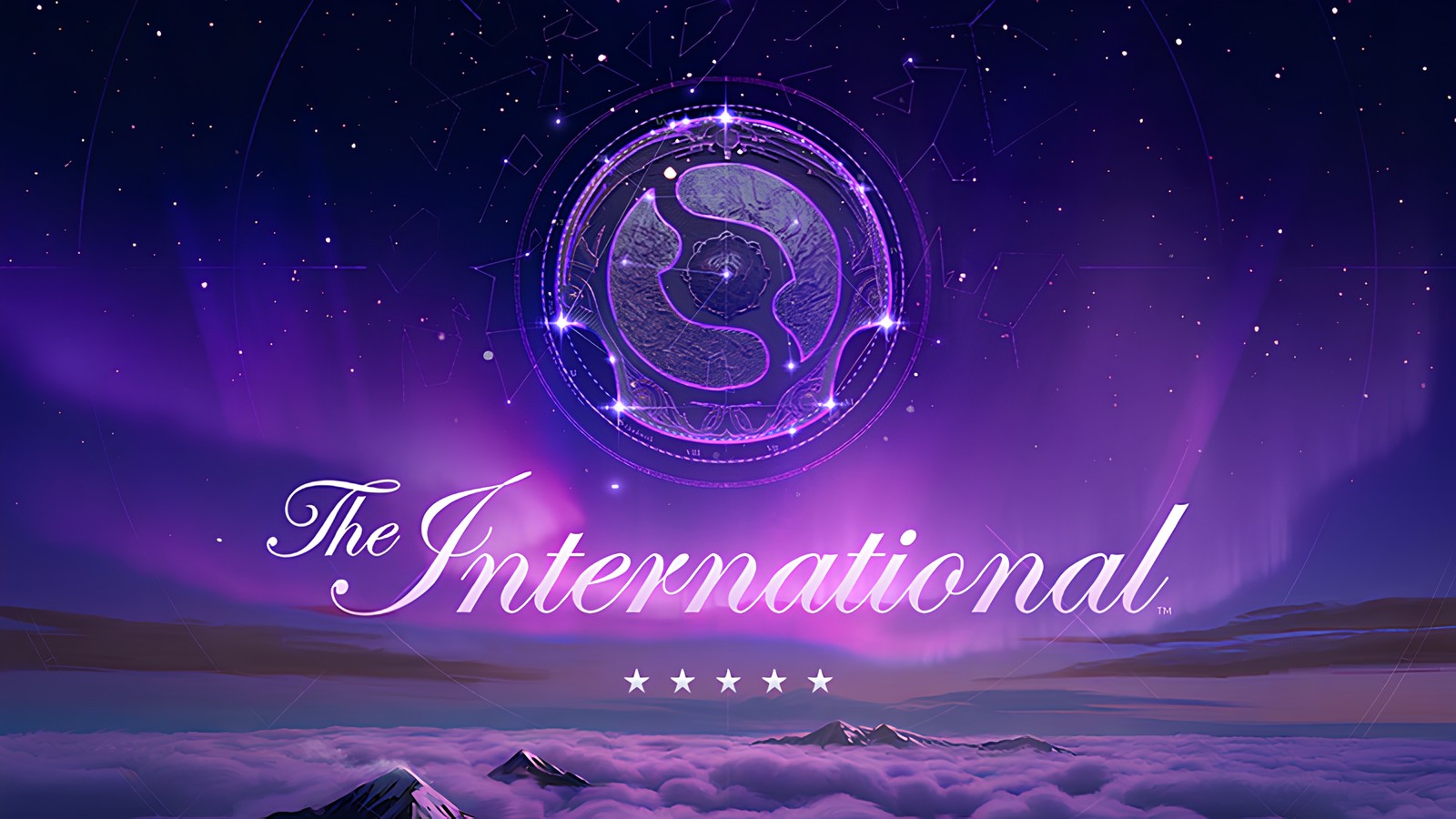As the dust settles on The International 2025, the professional Dota 2 scene typically enters a chrysalis phase, with teams shuffling rosters and strategies. Yet, a closer look at TI14 reveals a story far grander than mere competitive outcomes – it`s a testament to a shift in how fans engage with the pinnacle of esports, driven by the unexpected rise of community voices and the fervent passion of a particular region.
The Unofficial Emperors of Engagement: Community Casters Take the Crown
For years, a growing chasm has separated official broadcast numbers from the burgeoning audiences of community casters. At The International 2025, held in Hamburg, Germany, this gap didn`t just widen; it became a veritable canyon. Data from esports viewership analytics confirms what many already suspected: the “alternative” streams were, for many, the main event.
Leading this charge from the Commonwealth of Independent States (CIS) region were personalities like Alexander “Nix” Levin and Alexey “Solo” Berezin. Nix, in particular, shattered records for Russian-language Twitch, drawing an astonishing 396,000 peak concurrent viewers and contributing over 12 million watch hours. To put that in perspective, this single individual`s reach dwarfed that of many established official channels and even outpaced his closest community rivals, like Roman “RAMZES666” Kushnarev, by a factor of five. Even the notoriously skeptical Ilya “Maddyson” Davydov, a vocal critic of inflated content creator metrics, couldn`t deny Nix`s organic popularity.
Why the Shift? The Art of Authentic Connection
This isn`t merely a numbers game; it`s a cultural metamorphosis. Community casters offer something official broadcasts, bound by corporate strictures and production values, often cannot: raw, unfiltered authenticity. They craft their own narratives, ignite bespoke memes, and react to every pivotal play with a visceral passion that resonates deeply with viewers. For many fans, this is the true spirit of The International – an immersive experience akin to watching with friends, complete with inside jokes and real-time emotional rollercoasters.
Take Solo, for instance. A former professional player, he underwent a remarkable transformation, evolving from a commentary novice into a confident, engaging personality. His unique casting style, famously echoing the dark humor and intricate plotlines of the “Better Call Saul” series throughout the tournament, proved to be a masterclass in audience connection. He`s now poised to challenge even veteran casters like Yaroslav “NS” Kuznetsov for the hearts and minds of Dota 2`s most seasoned enthusiasts – those who`ve been in the game longer than some current pros have been walking.
Beyond the Screens: A Flourishing Offline Fan Culture
The passion for Dota 2 in the CIS region isn`t confined to digital streams. The conclusion of TI14 saw vibrant offline fan events, such as the “Respawn Protocol” gathering, which transcended typical esports meetups. Styled more like an interactive exhibition, attendees could even acquire unique collectibles through auctions, demonstrating a rich, creative engagement with the game`s lore and community. These initiatives underscore that for this audience, Dota 2 is less a game and more a significant cultural happening, demanding celebration far beyond the confines of a screen.
The Tournament Itself: Unforgettable Drama and New Legends
Amidst the narrative of viewership and fan culture, the tournament itself delivered a spectacle worthy of The International`s legacy. TI14 was replete with unexpected outcomes (remember the pre-event hype around Team Spirit?), engaging group stage battles, a dynamic and evolving meta, and compelling storylines that kept everyone on the edge of their seats.
- The Uncrowned King: Wang “Ame” Chunyu, despite another valiant effort, retains his title as the “uncrowned king,” a testament to his consistent brilliance in a game often defined by razor-thin margins.
- Career Highs: Vladimir “No[o]ne” Minenko achieved his personal best performance at a TI, showcasing veteran skill and resilience.
- Underperformers and Surprises: Teams like Aurora Gaming and Team Spirit, widely tipped as favorites, faced surprisingly early exits. Conversely, BetBoom Team, whose carry Ivan “Pure~” Moskalenko candidly admitted they “couldn`t play as a team,” still managed to climb higher than the revered “golden” roster of Virtus.pro in their prime.
- Champions Emerge: Ultimately, Team Falcons etched their name into history, besting Xtreme Gaming in a thrilling 3-2 grand final to claim the Aegis of Champions and the lion`s share of the over $2.7 million prize pool.
The Logical Next Step: A Home for TI in the CIS?
Considering the monumental viewership, the vibrant community engagement, and the palpable passion emanating from the CIS region, a compelling question arises: Is it time for Valve to consider hosting The International on CIS soil?
The success of events like PGL Astana 2025 for CS2 has already proven Kazakhstan`s capability to host world-class esports championships, drawing thousands of spectators and executing tournaments flawlessly. With such fervent devotion and a ready infrastructure, one might almost hear the collective whisper from a vast, eager audience: “When will TI come to Astana?” It`s not just a request; it`s a logical progression for a region that has consistently proven its unparalleled dedication to Dota 2.
The International 2025 underscored a profound truth: for Dota 2 fans in the CIS, this tournament is far more than a competition; it`s a cultural touchstone. The phenomenal success of community casters, the record-shattering viewership, and the thriving local fan initiatives all paint a vivid picture of an audience not just ready, but arguably deserving, of its own “International.” The ball, it seems, is now in Valve`s court to recognize this undeniable gravity and potentially write the next chapter of TI history in a place where Dota 2 truly lives and breathes.

